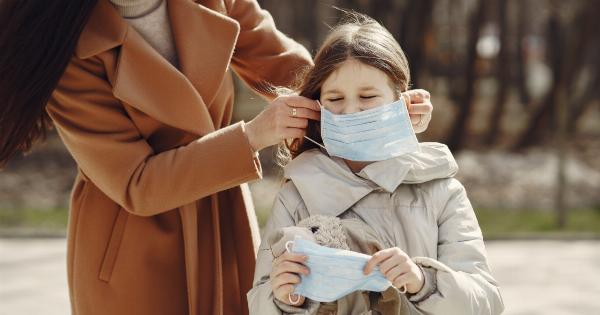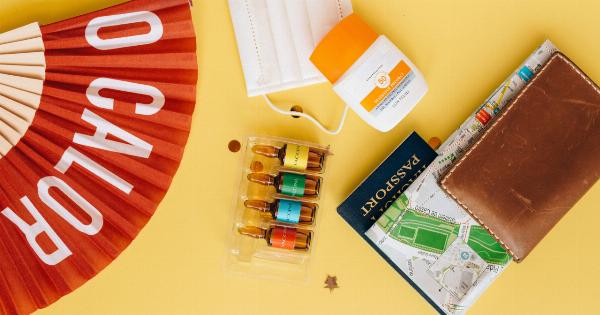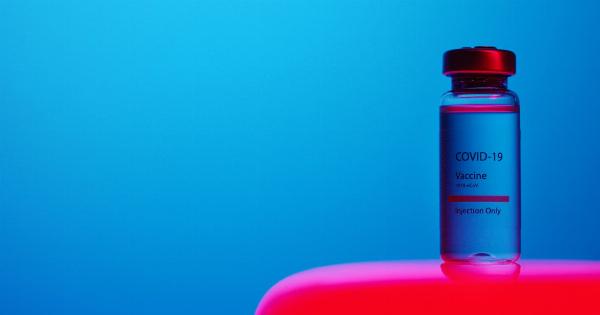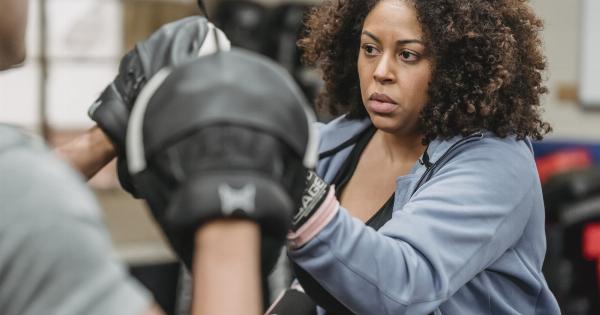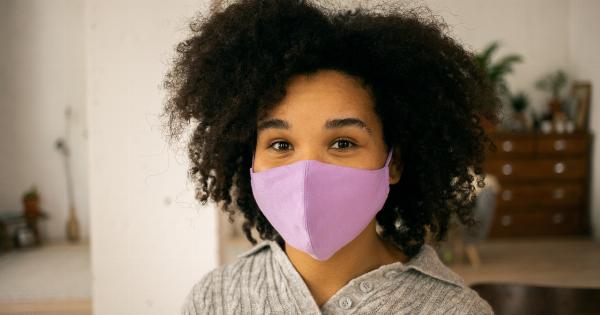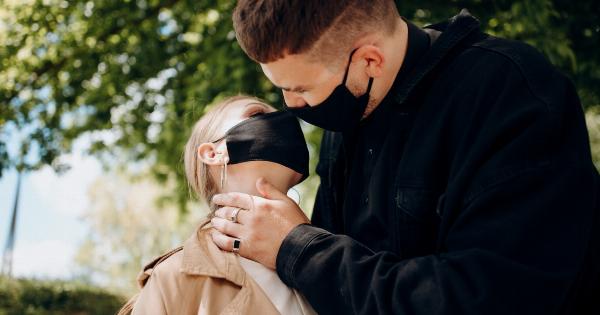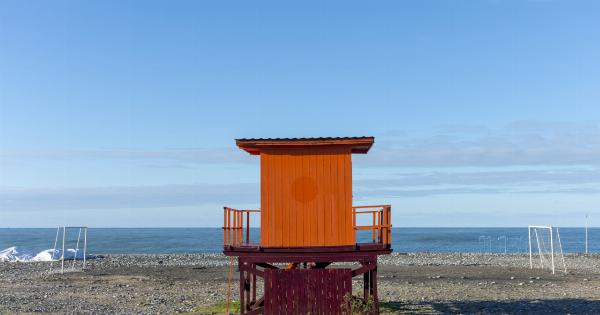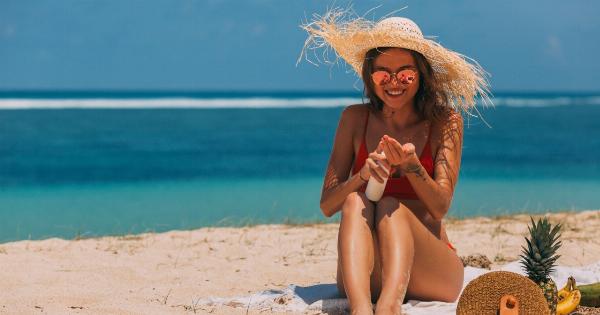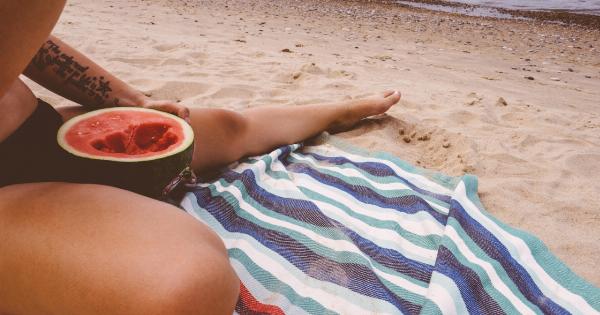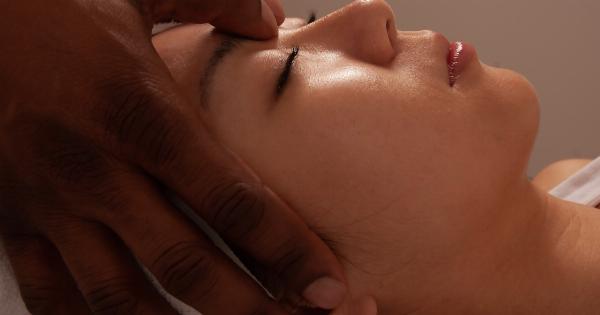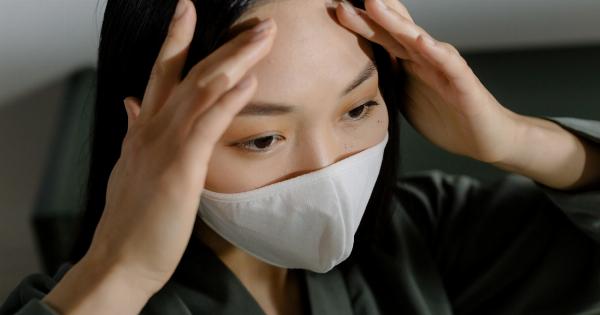Sunburn is a common occurrence, especially in children who spend a lot of time outdoors. It happens when the skin gets overexposed to the sun’s ultraviolet (UV) rays, causing redness, pain, and inflammation.
It is essential to identify the signs and symptoms of sunburn in children to take appropriate action promptly.
1. Redness of the skin
The first and most apparent sign of sunburn is redness of the skin. The affected areas may appear pink or even bright red. This discoloration can be seen immediately after sun exposure or several hours later.
2. Pain and tenderness
Children with sunburn may experience pain and tenderness in the affected areas. Even mild pressure on the sunburned skin can cause discomfort. This pain is usually worse when touched or rubbed.
3. Swelling and inflammation
Inflammation and swelling are common symptoms of sunburn. The affected areas may appear puffy and swollen. In severe cases, blisters may also develop.
4. Itching and peeling skin
As the sunburn starts to heal, the affected skin may become itchy. It is important for children to avoid scratching, as this can lead to further damage and potential infections. Eventually, the sunburned skin may start to peel.
5. Fever and chills
In some cases, sunburn can cause symptoms such as fever and chills. This is the body’s response to the inflammation caused by the sunburn. It is essential to monitor your child’s temperature and seek medical attention if it rises excessively.
6. Fatigue and lethargy
Severe sunburn can cause fatigue and lethargy in children. They may feel tired, weak, or unwell. It is crucial to keep them hydrated and allow them plenty of rest until they recover.
Immediate Measures to Take for Sunburned Children
If your child has sunburn, it is vital to take immediate measures to alleviate the discomfort and promote healing. Here are some steps you can take:.
1. Get out of the sun
As soon as you notice signs of sunburn in your child, move them into the shade or indoors to prevent further exposure to the sun’s harmful rays.
2. Cool compresses
Apply cool compresses to the affected areas to help soothe the pain and reduce inflammation. You can use a clean cloth soaked in cool water or a damp towel. Avoid using ice directly on the skin.
3. Hydrate
Encourage your child to drink plenty of fluids, as sunburn can cause dehydration. Water and sports drinks can help restore electrolyte balance.
4. Moisturize the skin
Apply a gentle moisturizing lotion or aloe vera gel to the sunburned areas to help keep the skin hydrated and prevent excessive peeling.
5. Over-the-counter pain relievers
If your child is experiencing discomfort, you can give them age-appropriate over-the-counter pain relievers like acetaminophen or ibuprofen. Always follow the recommended dosage for their age and weight.
When to Seek Medical Attention
While most cases of sunburn can be treated at home, there are situations where medical attention may be necessary. You should seek medical help if:.
1. The sunburn covers a large area of the body
If the sunburn covers a significant portion of your child’s body or if blisters develop, it is advisable to consult a healthcare professional. They can assess the severity of the burn and provide appropriate treatment.
2. Severe pain and discomfort
If your child is experiencing severe pain, discomfort, or shows signs of infection like pus or increasing redness, medical attention is necessary. Infections can occur when the sunburned skin is not properly cared for.
3. High fever
If your child’s temperature rises to 102°F (39°C) or higher, it is essential to seek immediate medical attention. High fever can be a sign of heatstroke, which is a severe condition that requires medical intervention.
Preventing Sunburn in Children
Prevention is key when it comes to protecting children from the harmful effects of sunburn. Here are some preventive measures you can take:.
1. Use sunscreen
Apply a broad-spectrum sunscreen with an SPF of 30 or higher to your child’s exposed skin, including their face, ears, and the back of their hands. Reapply every two hours or more frequently if they are sweating or swimming.
2. Dress appropriately
Ensure your child wears protective clothing, such as lightweight long-sleeved shirts, long pants, and wide-brimmed hats. Dark-colored clothing with a tight weave provides better sun protection.
3. Seek shade
Encourage your child to seek shade, especially during peak sun hours. The sun’s rays are strongest between 10 a.m. and 4 p.m. If shade is not available, provide a portable umbrella or sunshade.
4. Sunglasses
Wearing sunglasses with UV protection helps shield your child’s eyes from potential damage caused by the sun’s rays.
5. Stay hydrated
Encourage your child to drink plenty of water throughout the day to prevent dehydration and help the body regulate its temperature.
Conclusion
Sunburn can be painful and uncomfortable for children. By recognizing the signs and symptoms of sunburn and taking immediate action, you can help alleviate their discomfort and promote healing.
Remember to prevent sunburn by taking preventive measures and teaching your child about sun safety. With proper care and protection, you can ensure your child enjoys outdoor activities while safeguarding their skin from harmful UV rays.

